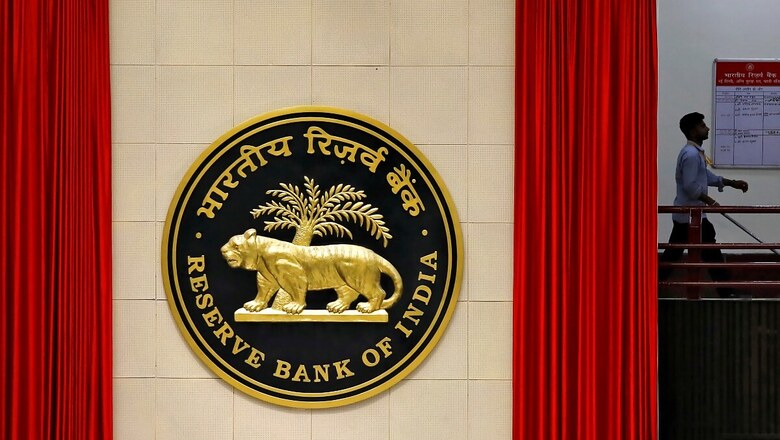
views
Media often captures the sentiments correctly ahead of monetary policy announcements by the central bank, says a study by the Reserve Bank of India officials.
Several media organizations, based on experts' analysis and movement of key macroeconomic variables in the immediate past, project policy action ahead of the actual monetary policy announcement by the central bank.
"It is found that (media) sentiment concentration was directionally in sync with the policy rate decision except on few occasions," said the article on 'Policy rate expectations in media,' written by Geetha Giddi and Shweta Kumari, Big Data Analytics Division, Department of Statistics and Information Management (DSIM), RBI.
The views expressed in this article are those of the authors and do not represent the views of the RBI, the article said.
It further said that with growing importance of central bank communication in market economies, the role of electronic and print media has gained importance.
"Media disseminates, explains and interprets news to the general public, and also conveys concerns, perceptions and opinions of various economic agents to the policy makers, either directly or indirectly," it added.
Traditionally, central banks have used various forward-looking surveys to elicit feedback on a wide range of macro economic and financial variables from firms, households and professionals to bridge data gaps and generate high frequency data for policy inputs.
"With deeper penetration of internet, new sources (newsfeeds, online portals, social media platforms) are transmitting news to the market as well as to the public, generating micro voluminous data at high frequency," the article said.
The analysis reveals that "for most of the time period under consideration, sentiment was noticeably concentrated in one of the sentiment classes (increase/decrease/neutral), indicating media's overall tilt towards a particular rate action".
News articles used in this study were sourced from a media intelligence firm. Daily news related to policy rate from April 2015 to December 2019 was culled out from the source.
April 2015 was chosen as the starting point in view of the start of the flexible inflation targeting (FIT) regime in India, the article said.



















Comments
0 comment